
I have an awful, controversial travel opinion that I’m (almost) too ashamed to admit.
Videos by TravelAwaits
Here it is: I prefer American pizza to Italian pizza.
There. I said it.
When Italian immigrants arrived in the US in massive numbers, they put more than one unique spin on how to make a pizza pie. And they’ve stuck, remaining popular and even defining what pizza means in that place.
To be fair, I think Italian pasta is unbeaten, along with desserts, from pannacotta to affogatos. But when it comes to the humble pizza pie, I’d like to humbly throw Uncle Sam’s hat in the ring.
When I say prefer American pizza to Italian pizza, I’m talking about multiple variations. New York-style pizza, grandma-style slices, weird Californian off-shoots, deep-dish, tavern-cut—it’s just the tip of the iceberg pepperoni when it comes to tasty off-shoots of the original Neapolitan pizza from Italy.
We’re a nation of pizza pies—even if we don’t pronounce Italian foods correctly. Here’s where you can find the tastiest variations of American pizza, along with the restaurants that do them best.
Before we dive into popular types of pizza…
This list includes the most popular pizza variations found in the United States. There are plenty of regional versions that I’m not including here, like Greek pizza and quad cities-style pizza. I should also point out that Italy also has its own unique spins on traditional pizza, from the cooking process to the toppings used.
Like I said, this is just the tip of the pepperoni.
6 best types of pizza in the US and where to eat them
Chicago pizza: deep-dish
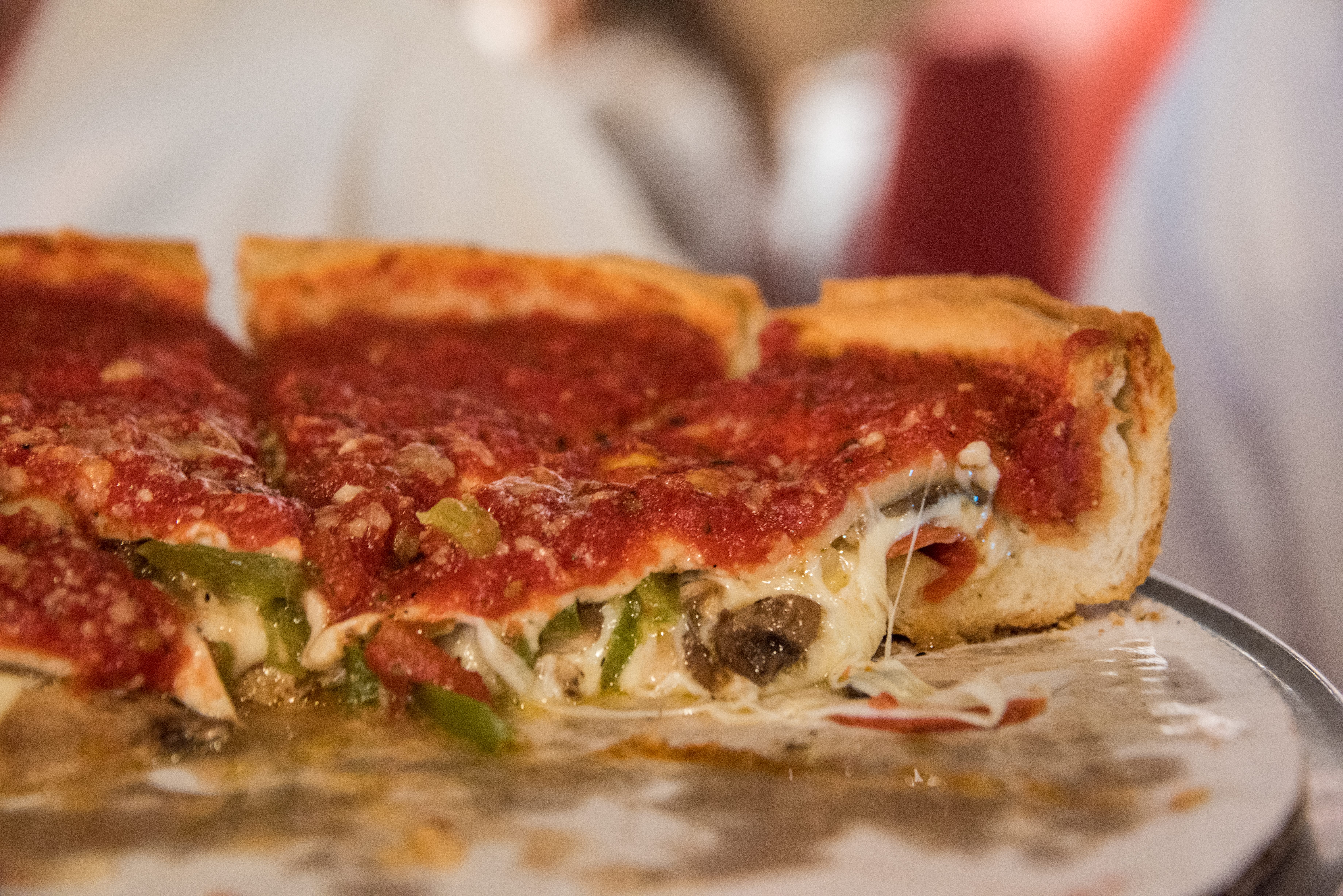
Invented in 1943 at Pizzeria Uno in Chicago, the original deep-dish recipe included a heftier, fluffier dough cooked inside a cake tin. Slowly but surely, the recipe evolved until, in 1966, it resulted in a fatty, biscuit-like dough. Today, you might even notice some deep-dish pies are made with cornmeal to add even more texture to the crust.
Aside from its thick crust, deep-dish is differentiated from other variations thanks to its upside-down toppings. Cheese is placed on top of the dough, followed by sauce.
Best deep-dish pizza in Chicago:
New York: foldable slices

Why are the pizza slices the size of your head? It’s about convenience. New York-style pizza is known for having a massive, hand-tossed thin crust. It’s so big because the pizza was made to be eaten on the go. You can (and should) fold slices to contain the toppings, then hork it down while you rush to make the train.
The New York slice is one of the oldest variations in the US. It was taken over to the city by immigrants in the early 1900s. By 1905, Lombardi’s (the first credited pizzeria in the US) was serving up single slices for laborers who couldn’t afford the whole pie.
Best New York slices:
Sicilian style pizza (aka ‘grandma slices’): pillowy dough

Time to dig into pizza culture. Sicilian-style pizza is different than traditional Italian pizza in that its rectangular and includes more ingredients—from dough to cheese to sauce. Like a deep-dish pie, sauce is often added on top to avoid soaking the dough. In the US, the pizza looks similar—though cheese is often kept on top, and the recipes don’t usually call for anchovies like they do in Sicily.
As with New York-style pizza, Italian immigrants from Sicily put their spin on American pies. You’ll find them sold throughout New England, especially in areas like New York and New Jersey.
Best Sicilian-style pizza:
California: unlimited toppings
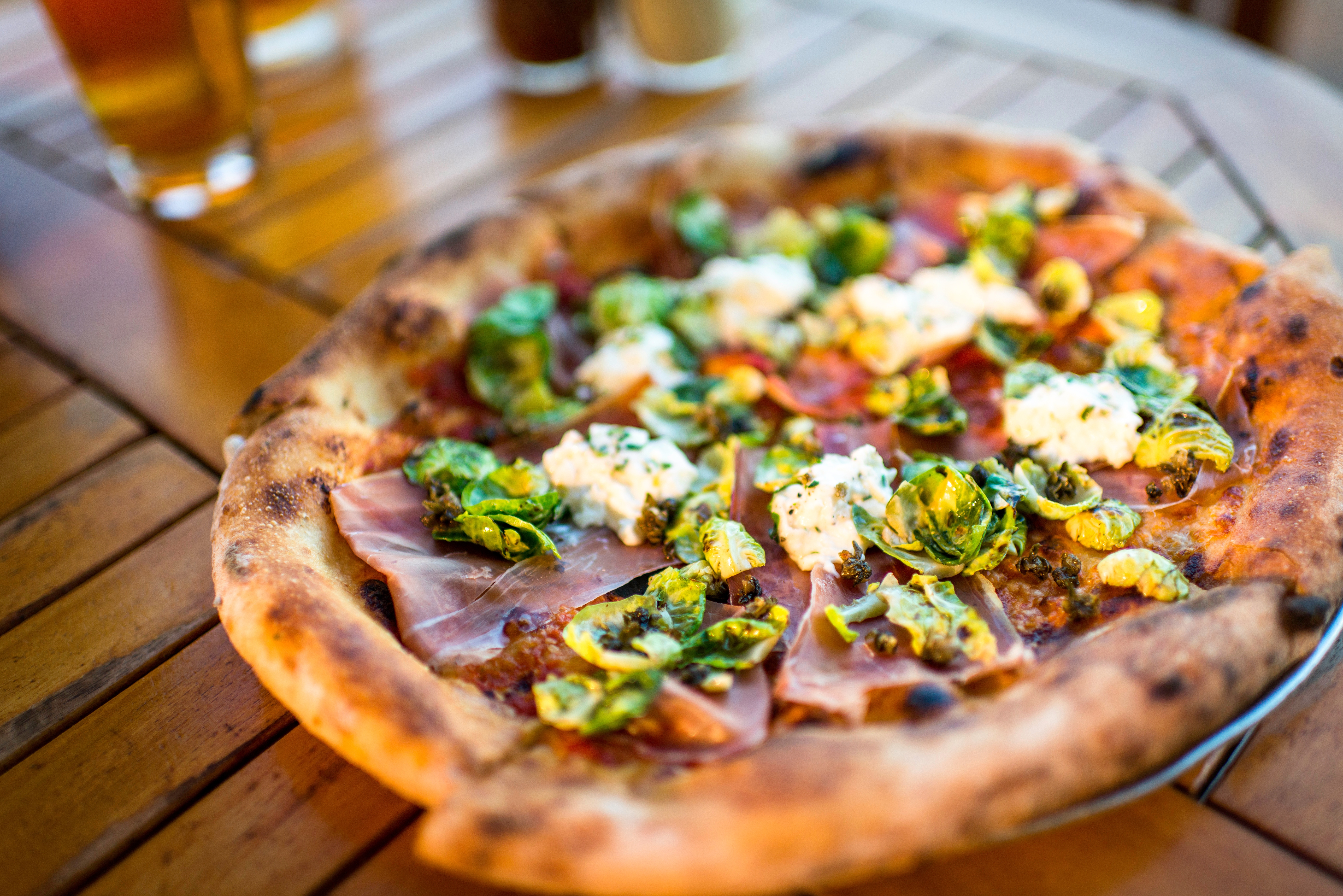
California pizza is the youngest type of pizza on this list. It combines the size and thin-crust style of New York pizza with the Californian palate. Wolfgang Puck first encountered California-style pizza after working with a Berkeley chef named Ed LaDou back in 1980. From there, Puck popularized the daring new take on pizza: putting anything you want on top.
California-style pizza opened up a new era in pizza pie constructions through the 1980s, 90s, and into the early 2000s. Toppings like truffle, goat cheese, prosciutto, ricotta, and pate took off—but soon, new bastardizations like pineapple would also make their way into the California-style pizza zeitgeist.
Best California-style pizza:
Detroit: like deep-dish, but slightly burnt
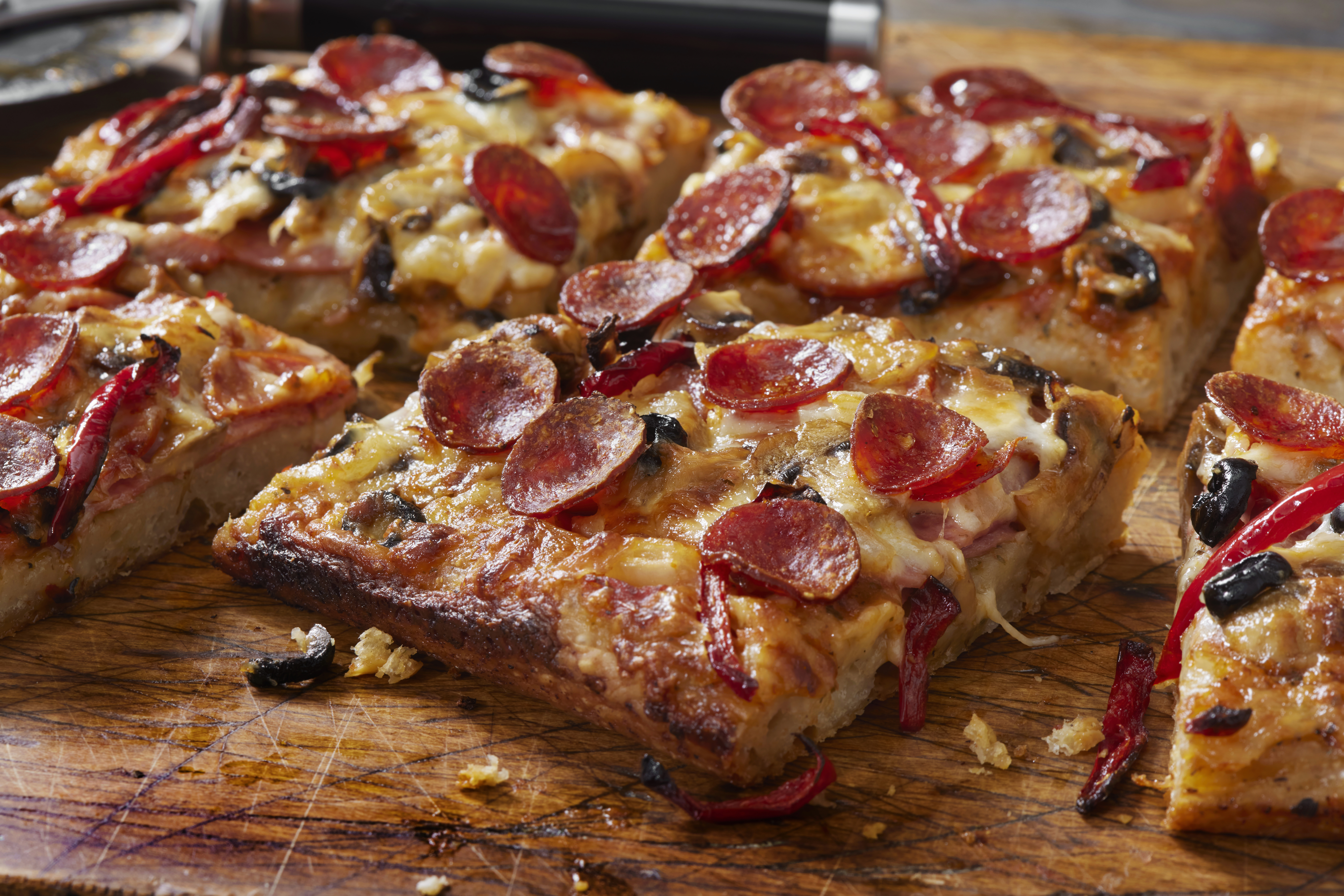
Two elements define Detroit’s unique deep-dish pizza: burnt edges and brick cheese. Like Chicago deep-dish, high-sided pans produce a thick, delicious crust.
It’s also kept more hydrated than other doughs, which creates a chewy inside and crunchy outside. The brick cheese is also firmer than others and tends to hold its shape.
Rather than pile on sauce at the end, Detroit deep-dish sticks with the traditional arrangement of crush, sauce, and then cheese. Most importantly, the cheese should also hit the sides of the pan and get crusty. According to local legend, this spinoff of the Sicilian pie popped up in the late 1940s.
Best Detroit-style pizza
St. Louis: super-thin crust
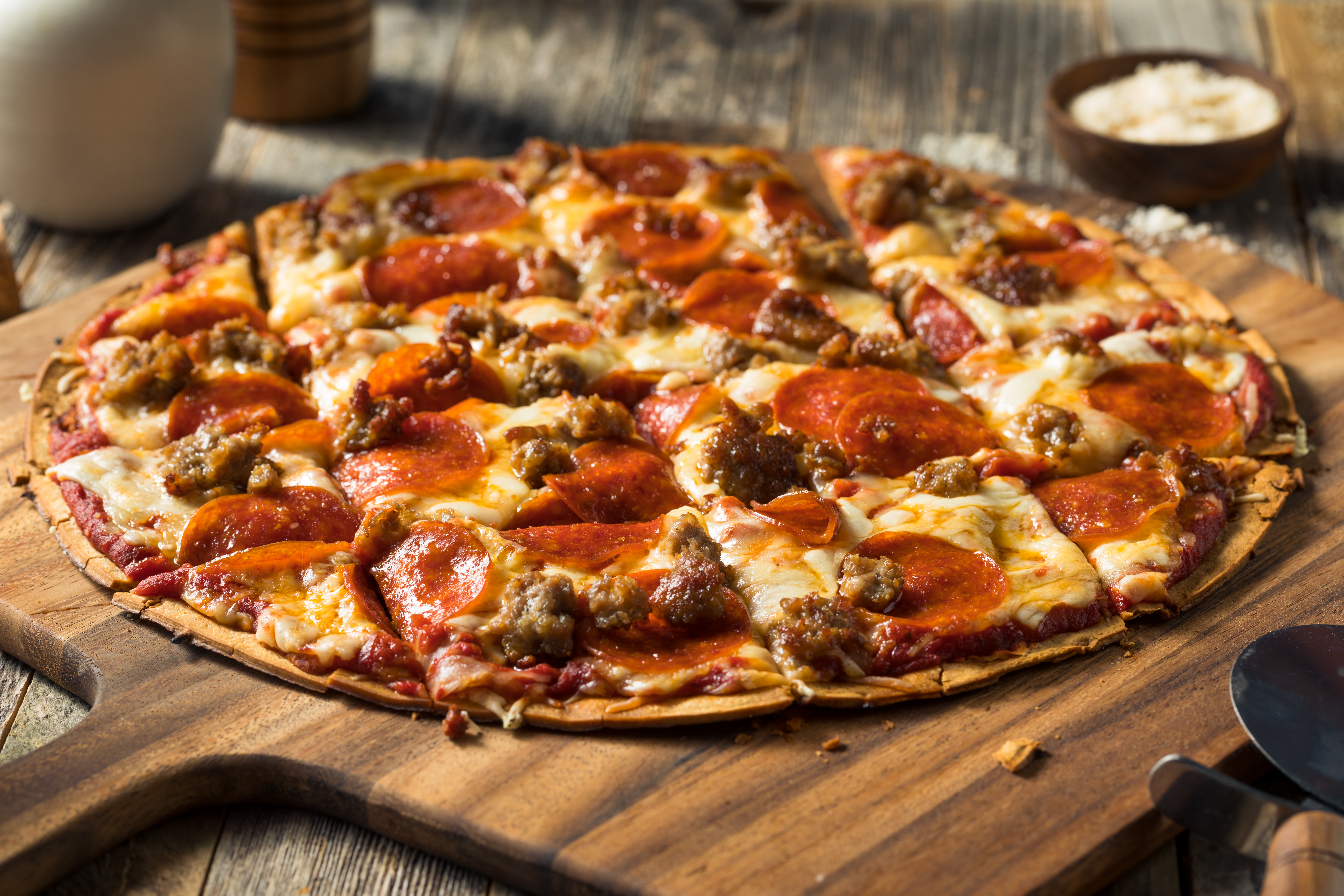
Can’t stand a thick crust? Head to St. Louis (or New Haven, as we’ll discuss below). St. Louis-style pizza is known for having a crusty, thin layer of dough, which almost turns into a cracker. The cheese used is also distinct from other parts of the country; locals like me also like extra-creamy provel cheese.
In St. Louis, this type of pizza is synonymous with Imo’s, a chain that opened in the mid-1960s. Since then, other purveyors of ultra-thin-crusted pizza have popped up, but they don’t hold the same weight. Like deep-dish pizzas, St. Louis-style pizza is cut into rectangular slices.
Best St. Louis-style pizza
New Haven: super-thin crust, but slightly burnt on bottom
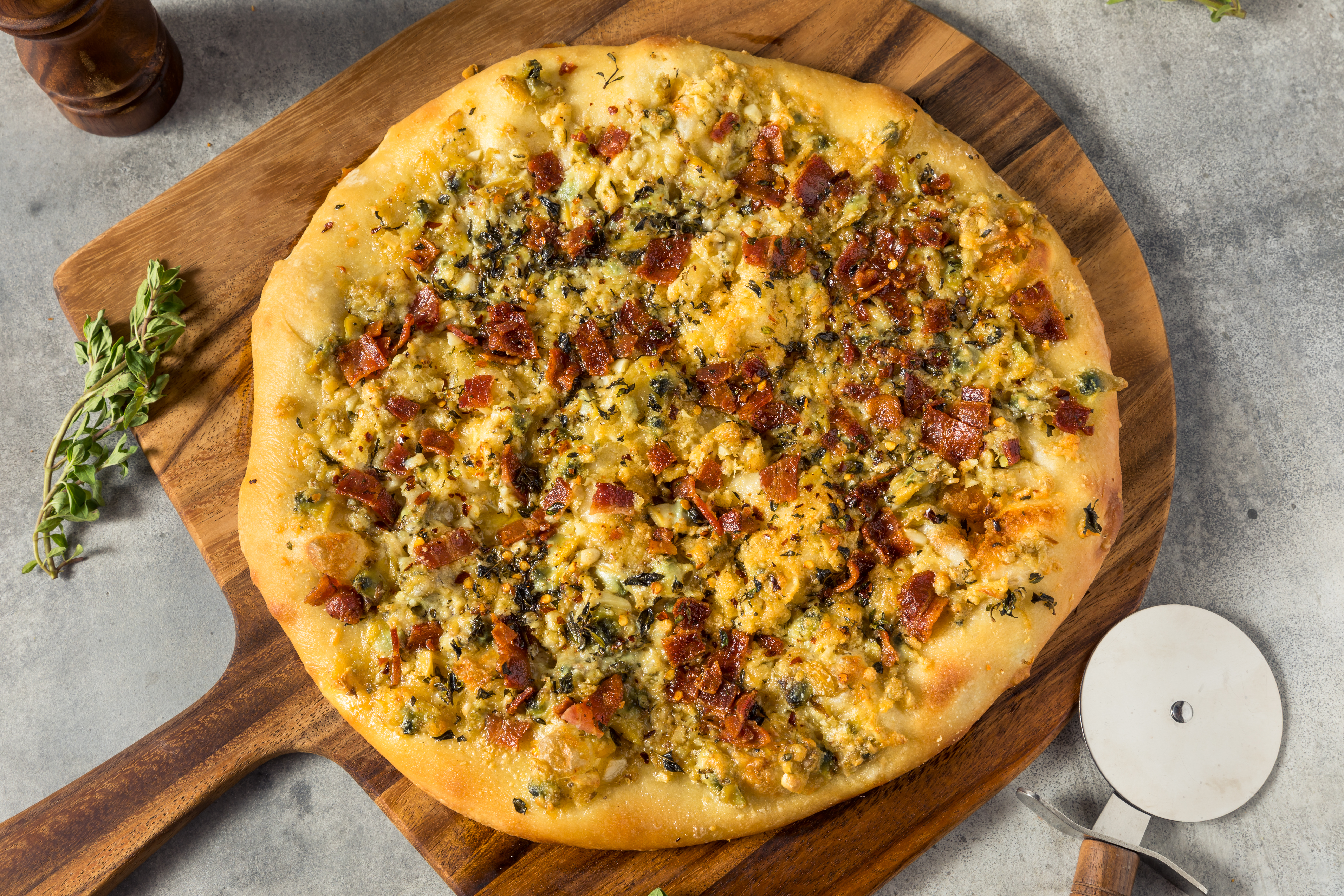
New Haven-style pizza is usually called apizza, descended from ‘na pizza’, which is just Napolitan for ‘a pizza’. It’s by far the most similar variation to the original Italian version of pizza, with thin crust and standard topping offerings, like margarita. Notably, however, the pie’s crust is charred in a coal-burning stove.
Since it popped up in the 1930s, this type of pizza has remained popular in New Haven and the surrounding area. It’s even taken off across the pond in London, where locals are loving apizza.
Best New Haven style pizza:
